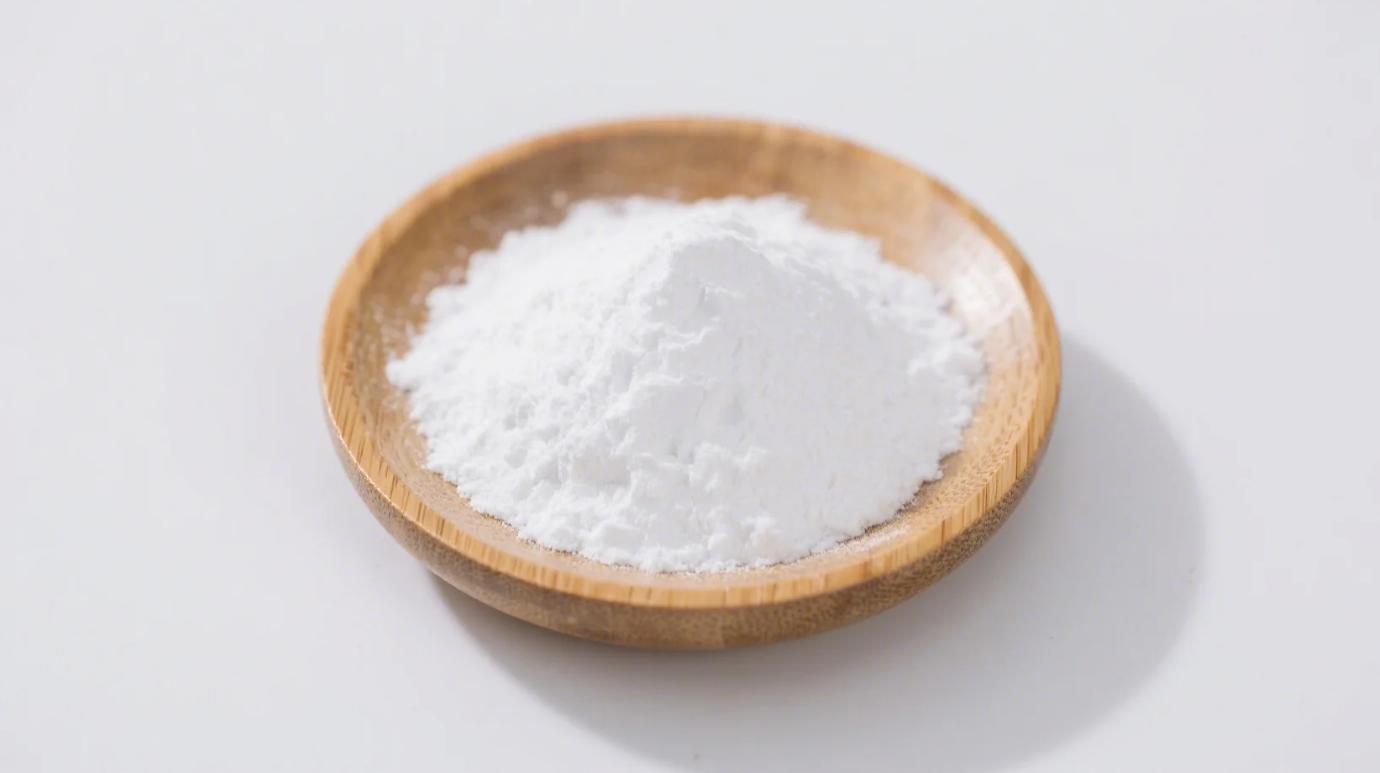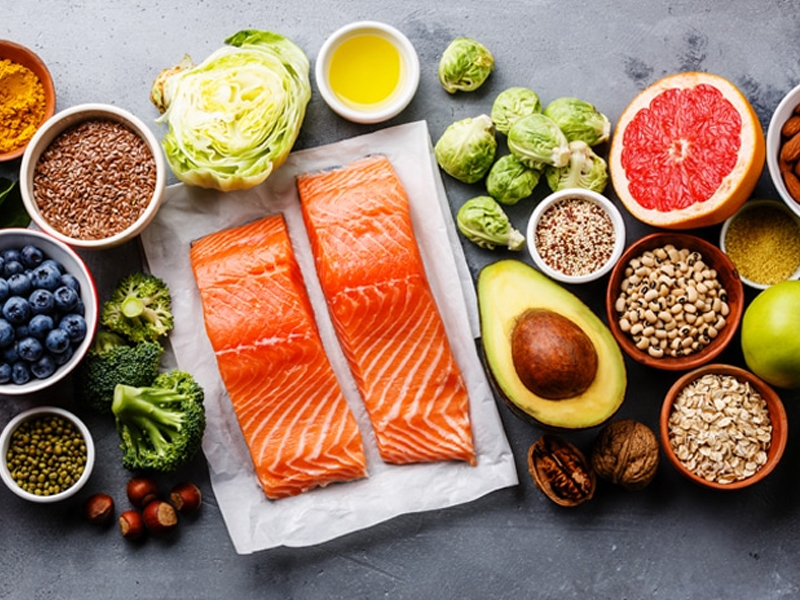I’ll be honest: The first time I heard “potato starch” praised as a health food, I side-eyed it harder than a “sugar-free” cake at a bakery. I mean, it’s literally refined from potatoes—the same spuds we’ve been told to avoid if we’re watching our carbs. But after testing organic potato starch in my kitchen (and gut) for months, I’ve realized it’s like the Dr. Jekyll and Mr. Hyde of the starch world. Here’s the real deal.
What Even Is Potato Starch? (And Why Organic Matters)
Potato starch is the powdered residue left after potatoes are crushed and dried. Unlike potato flour, it’s pure starch—no fiber, no protein. But organic potato starch skips the synthetic pesticides and bleach used in conventional versions, which matters because potatoes are notorious for soaking up chemicals like sponges.
Think of it as the “cleaner cousin” of cornstarch. But does that make it healthy? Depends on how you use it.
The Good: When Potato Starch Becomes a Gut Hero
Here’s where things get cool. Potato starch is packed with resistant starch—a type of carb that acts like fiber. When you eat it raw (yes, raw), it resists digestion and feeds your gut bacteria instead. Benefits include:
- Better Blood Sugar Control
Resistant starch slows glucose absorption. A 2022 study found adding 30g of resistant starch daily lowered blood sugar spikes by 20% in prediabetics. - Gut Health Boost
It ferments into short-chain fatty acids (SCFAs), which strengthen your gut lining and reduce inflammation. My personal hack: Mix 1 tbsp raw organic potato starch into yogurt overnight. Your microbiome will throw a party. - Gluten-Free Baking Savior
Need crispy fried chicken or fluffy pancakes without gluten? Potato starch’s fine texture beats cornstarch every time. (Pro tip: Combine it with tapioca starch for chewy pizza crusts.)
The Bad: When Potato Starch Backfires
Heat changes everything. Cook potato starch above 140°F, and its resistant starch turns into rapidly digestible starch—AKA the stuff that spikes blood sugar like a Netflix cliffhanger.
Other downsides:
- Bloating Bandit: Overdo raw potato starch (more than 2-3 tbsp/day), and you’ll feel like a human balloon. Start slow.
- Calorie Sneak: At 4 calories per gram, it’s not “zero calorie.” That “healthy” gravy could add up.
- Processed Food Trap: Many “gluten-free” snacks use potato starch as filler—with a side of sugar and junk oils.
Potato Starch vs. Other Starches: The Showdown
| Starch Type | Best For | Watch Out For |
|---|---|---|
| Organic Potato | Gut health (raw), frying | Heat destroys resistant starch |
| Cornstarch | Thickening sauces | GMO risk, blood sugar spike |
| Tapioca | Chewy textures (boba, mochi) | High glycemic index |
| Arrowroot | Delicate desserts | Pricey, limited availability |
Who Should Avoid Potato Starch?
- Low-Carb/Keto Diehards: Even resistant starch has carbs (4g per tbsp). If you’re under 20g net carbs/day, skip it.
- FODMAP Sensitive Folks: Resistant starch can ferment too much, triggering IBS flare-ups.
- Nightshade Avoiders: Potatoes belong to the nightshade family. If you react to tomatoes or peppers, tread carefully.
How to Use Potato Starch Without Sabotaging Yourself
- Raw & Cooled: Add to smoothies, overnight oats, or salad dressings. Resistant starch stays intact.
- Cooked & Smart: Use it for frying or baking, but pair with protein/fat (e.g., coat chicken in potato starch + almond flour) to blunt glucose spikes.
- Dose Wisely: 1-2 tbsp raw daily is the sweet spot. More = gut chaos.
The Verdict
Organic potato starch isn’t “good” or “bad”—it’s a tool. Used right, it’s a gut-friendly thickener and blood sugar stabilizer. Used wrong, it’s just another refined carb.
My rule? Keep it raw for resistant starch benefits, organic to avoid pesticides, and never let it be the star of your plate.
Craving a Gut-Friendly Recipe? Try This:
Resistant Starch Pancakes
- 1 mashed banana
- 2 eggs
- 1 tbsp organic potato starch (raw)
- Pinch of cinnamon
Mix, cook on low heat, and top with almond butter. No syrup needed—seriously.
Related Products
Organic Potato Starch Powder
White powder, excellent thickening, USDA & EU Organic, vegan, non-GMO.
Organic Cornstarch
Premium Gluten-Free Thickener & Stabilizer for Food, Pharma & Industrial Applications



